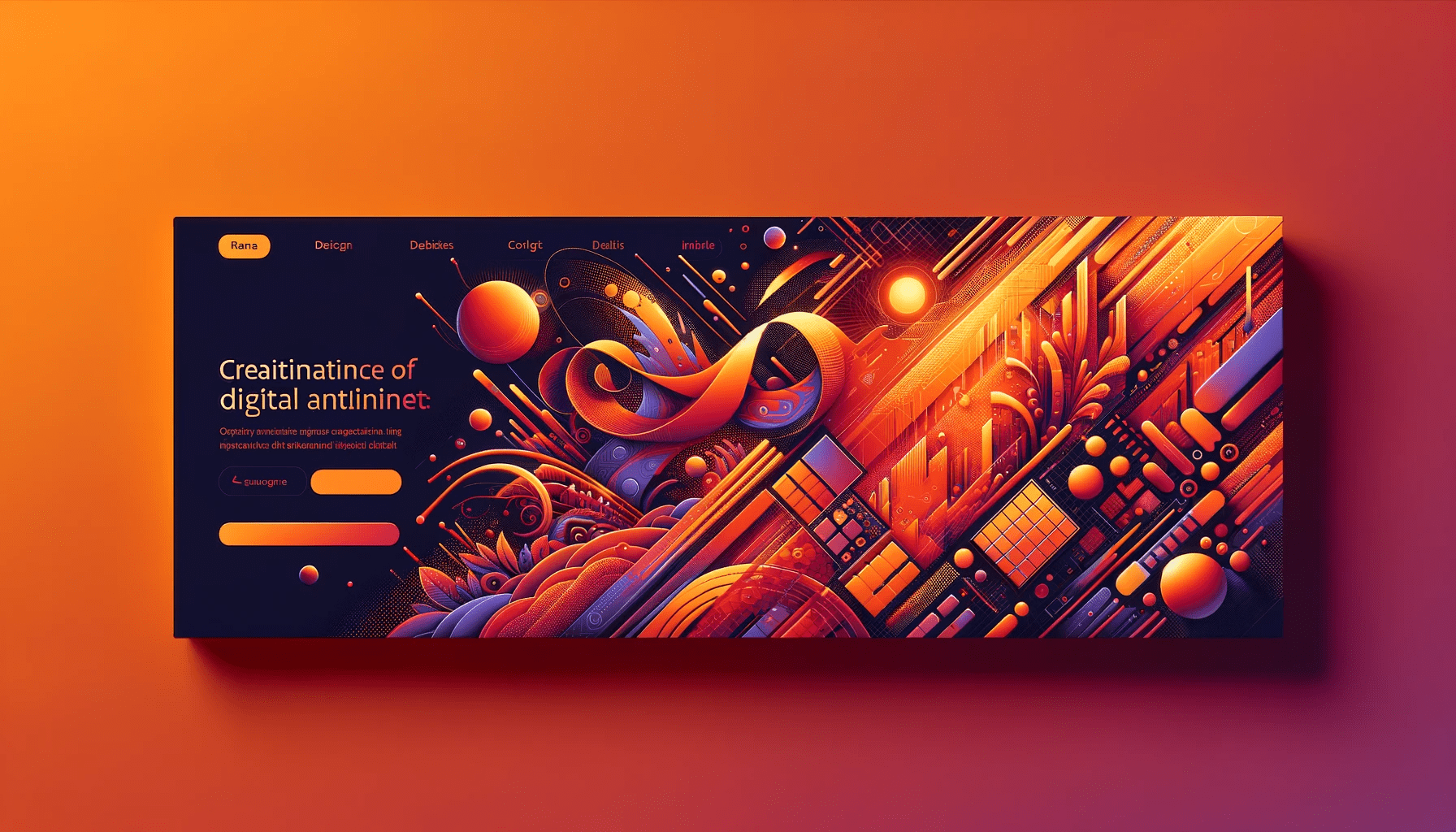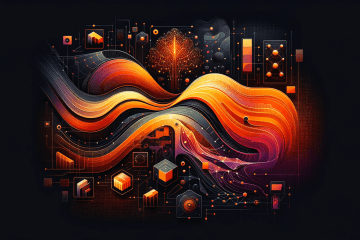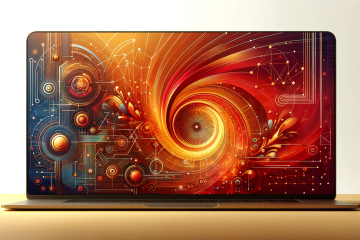The Vibrant World of Digital Arts: Exploring Creativity in the Digital Age
Introduction
In our rapidly evolving digital age, the realm of art has witnessed a profound transformation, giving birth to an exciting new genre: digital arts. This blog post delves into the essence of digital arts, exploring its various forms, tools, and the impact it has had on the artistic community and beyond.
What are Digital Arts?
Digital arts encompass a broad spectrum of artistic works that integrate digital technology as a fundamental aspect of the creative and presentation processes. This genre includes digital painting, 3D modeling, digital photography, computer-generated imagery (CGI), and animation. Unlike traditional art forms, digital arts merge artistic expression with the technological advancements of our time, opening new frontiers for creativity and design.
The Evolution of Digital Arts
The journey of digital arts is intertwined with the evolution of computer technology. From the rudimentary pixel art of the early 1980s to the sophisticated 3D animations of today, digital arts have come a long way.
Key Milestones:
- 1980s: The advent of personal computers introduced pixel art and simple digital designs.
- 1990s: Enhanced software capabilities led to more complex digital art forms.
- 2000s onwards: Advanced tools and technology have enabled artists to create highly realistic and intricate digital artworks.
Tools of the Trade
The essence of digital arts lies in its tools, which are as diverse as the art itself.
Popular Software:
- Adobe Photoshop: A staple for digital painters and photographers.
- Adobe Illustrator: Widely used for vector-based digital art.
- Blender: An open-source tool for 3D modeling and animation.
- Procreate: A favorite among iPad users for digital sketching and painting.
Forms of Digital Arts
Digital arts manifest in various forms, each offering unique expressive possibilities.
Key Forms:
- Digital Painting: Mimics traditional painting techniques using digital tools.
- 3D Modeling and Animation: Creates lifelike or imaginative scenes and characters.
- Digital Photography and Manipulation: Enhances or alters photographic images digitally.
- Interactive Arts: Combines digital art with interactive technology.
The Impact of Digital Arts
Digital arts have not only revolutionized the way artists create but have also transformed how art is consumed and appreciated.
Influences on Society:
- Accessibility: Digital arts have made art more accessible, with online galleries and virtual exhibitions.
- Education: With digital tools, art education has become more versatile and inclusive.
- Commercial Use: Digital arts play a crucial role in industries like advertising, film, and gaming.
Challenges and Opportunities
While digital arts offer immense creative freedom, they also present unique challenges.
Challenges:
- Technological Dependency: Artists need to continuously update their skills and tools.
- Authenticity and Originality: With the ease of copying and modifying digital art, issues of plagiarism and originality arise.
Opportunities:
- Innovative Expressions: New technologies like VR and AR offer uncharted territories for artistic expression.
- Global Reach: Digital art transcends geographical boundaries, enabling artists to reach a global audience.
Conclusion
Digital arts represent a dynamic and ever-evolving field of creative expression. By blending art with technology, it not only challenges traditional artistic norms but also opens up a world of endless possibilities. As we continue to advance technologically, the scope and impact of digital arts are poised to expand, further enriching our cultural landscape.
Final Thoughts
Whether you are an artist, an enthusiast, or a curious observer, the world of digital arts offers a fascinating journey into the convergence of creativity and technology. As we embrace this digital renaissance, let’s celebrate the boundless creativity it unleashes and the new perspectives it brings to our global artistic heritage.



